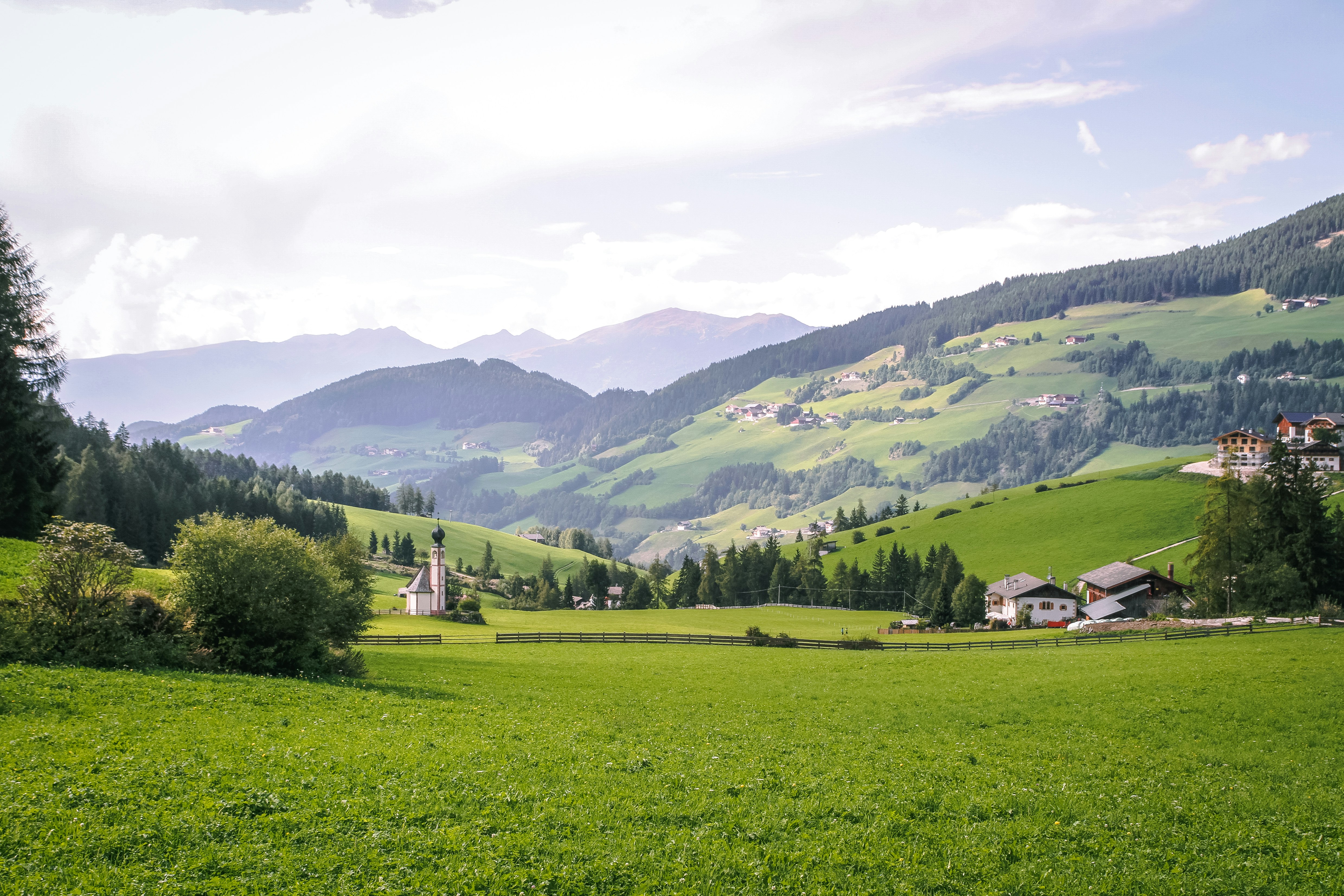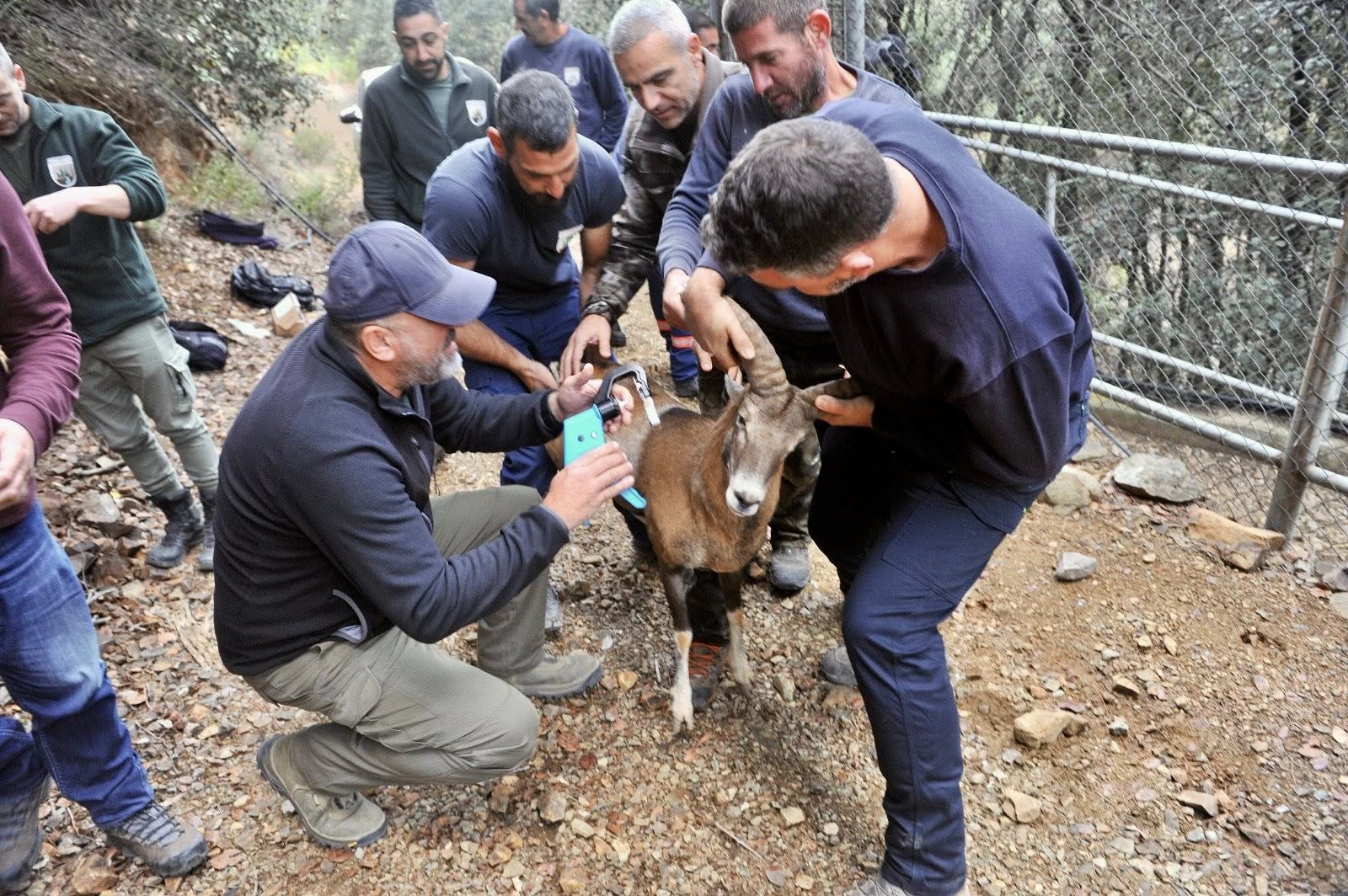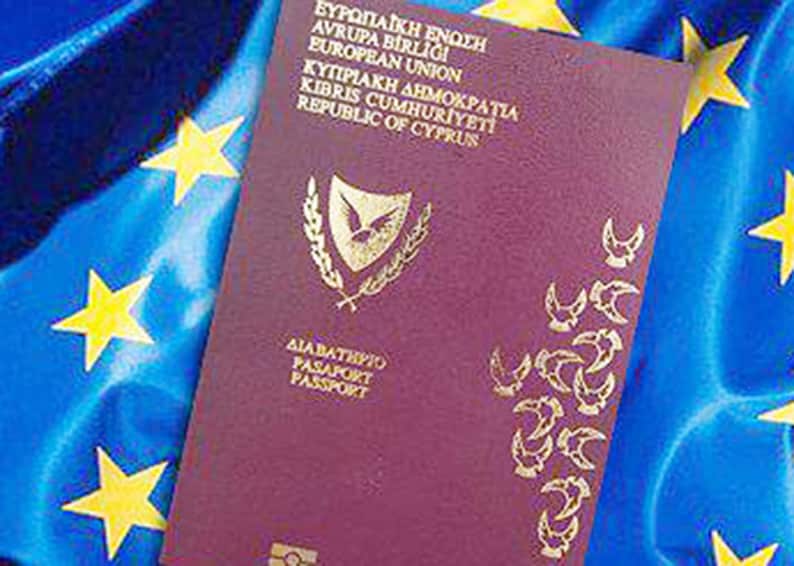From the Alpine valleys of Tyrol to the vineyards of Styria and the coffeehouses of Vienna, each part of the country eats differently, but with the same quiet precision that defines Austrian life.
This isn’t a cuisine of extremes or reinvention. It’s one built on balance — seasonal produce, local pride, and recipes that have lasted because they work. Traveling through Austria means moving from one plate to another, each one telling you something about where you are.
Vienna — The Capital of Tradition
In Vienna, food and ritual are inseparable. The city’s café culture remains one of the most distinct in Europe, a daily ceremony of conversation, routine, and patience.
A classic morning might start with a Kaffee mélange — half coffee, half milk foam — and a slice of Apfelstrudel, its pastry crisp but never dry. Every café does it slightly differently, but the rhythm is always the same: you sit, read, linger. Time here moves at the speed of a spoon turning in a cup.
Lunch in Vienna tends to be hearty: Wiener Schnitzel — thin, golden, perfectly crisp — remains an institution, often served with potato salad and a slice of lemon. At dinner, traditional Beisln (taverns) fill with regulars sharing Tafelspitz (boiled beef in broth) or Gulasch thickened with paprika and onions.
Vienna is also where modern Austrian cuisine is evolving. Chefs like Konstantin Filippou and Heinz Reitbauer reinterpret heritage dishes with seasonal and regional produce, bridging the space between history and innovation.
Styria — Green Heart, Golden Oil
South of Vienna lies Styria, a region of orchards, vineyards, and pumpkin fields. This is where Austria’s most distinctive ingredient comes from: Styrian pumpkin seed oil. Thick, dark, and nutty, it appears everywhere — drizzled on salads, soups, even ice cream.
The Styrian table is generous and rustic. Local inns serve Backhendl (fried chicken), Verhackertes (a minced bacon spread), and regional wines like Sauvignon Blanc or Gelber Muskateller. In autumn, the area’s Buschenschanken — small, family-run wine taverns — open their terraces for the new harvest, serving platters of cold meats, cheeses, and crusty bread.
It’s the kind of region that rewards slow travel. Many visitors combine tastings with gentle outdoor days — walking, swimming, or joining one of the cycling holidays in Austria rea famous for, following quiet vineyard roads between villages and farms. It’s the perfect balance of appetite and motion, where each ride ends with a table full of local dishes.
Tyrol — Alpine Comfort
In western Austria, the mountains define everything — architecture, rhythm, and appetite. Tyrolean food is simple but satisfying, built to fuel long days outdoors.
The essentials are Käsespätzle (cheese dumplings), Gröstl (a pan of potatoes, onions, and bacon topped with a fried egg), and Speckknödel (bacon dumplings in broth). Most come with beer or a shot of Obstler, a clear fruit brandy made from apples or pears.
Tyrol’s mountain huts make food part of the hiking or skiing ritual. Even remote trails lead to wooden terraces where cooks serve hearty dishes and desserts like Kaiserschmarrn — shredded pancake with plum compote. There’s comfort in the consistency: no matter how far you climb, a warm plate always waits at the top.
Salzburg — Music, Baroque, and Sweet Tooth
Salzburg’s food mirrors its personality: graceful but rich. The city’s best-known dessert, Salzburger Nockerl, rises like a sugared mountain, soft and light inside, golden outside. It’s served warm, often for two, and feels as theatrical as the city’s festivals.
Traditional taverns serve Kasnocken (cheese dumplings) and Schweinsbraten (roast pork with crackling), but the charm lies in the balance between elegance and rusticity. Even a simple sausage stand might pour local wine or homemade elderflower syrup.
Markets like Grünmarkt and Schrannenmarkt show how much pride Salzburg takes in its produce: mountain cheeses, smoked fish, wild herbs, and breads that smell faintly of malt.
The surrounding lake district, the Salzkammergut, adds another layer — freshwater fish cooked with lemon and herbs, eaten outdoors with views of Hallstatt or St. Wolfgang.
Carinthia — Warm Lakes and Southern Flavors
Carinthia, Austria’s southernmost province, leans toward Mediterranean tastes. Its lakes — Wörthersee, Faaker See, Millstätter See — have their own microclimates and cuisines. Dishes like Kasnudeln (pasta pockets filled with cheese and mint) and Ritschert (a barley stew) mix alpine and Slavic roots.
In summer, open-air restaurants line the lakes, serving trout and perch pulled from the water that morning. The region’s proximity to Italy and Slovenia shows up in everything: lighter sauces, fresh herbs, and a love of long lunches.
It’s a place where locals measure time by light — morning swims, lazy meals, sunsets reflected in the water.
Upper Austria — Simplicity and Substance
Between Linz and the Czech border, Upper Austria is less known but deeply local. The food is robust: Bratl in der Rein (roast pork with dumplings and cabbage), Erdäpfelkas (potato spread with chives), and pastries made with poppy seeds.
Bakeries in towns like Steyr or Bad Ischl still work with traditional wood-fired ovens, and small breweries serve unfiltered beers in shaded gardens. The pace feels closer to rural Bavaria than to Vienna — slower, steadier, more about routine than style.
Sweet Things and Small Rituals
Across Austria, sweets are a constant presence. Sachertorte in Vienna, Linzer Torte in Upper Austria, Marillenknödel (apricot dumplings) in the Wachau — each has a story tied to a place. Coffee and cake aren’t indulgence here; they’re punctuation marks in the day.
Even in small towns, cafés remain anchors of daily life. You can walk into one anywhere, order a slice of cake and a glass of water, and feel part of a quiet continuity that hasn’t changed in decades.
The Taste of Place
Austria’s food is a reflection of its geography — alpine pastures, wine valleys, river plains, and borderlands that mix cultures. Every dish feels anchored: simple, precise, and made to last.
For travelers, that means there’s no single Austrian cuisine to chase, only local tables to discover — and the slower you move between them, the better it gets. Whether it’s a lakeside tavern, a mountain hut, or a city café, each meal feels connected to where you are, and that’s what gives it meaning.







Click here to change your cookie preferences